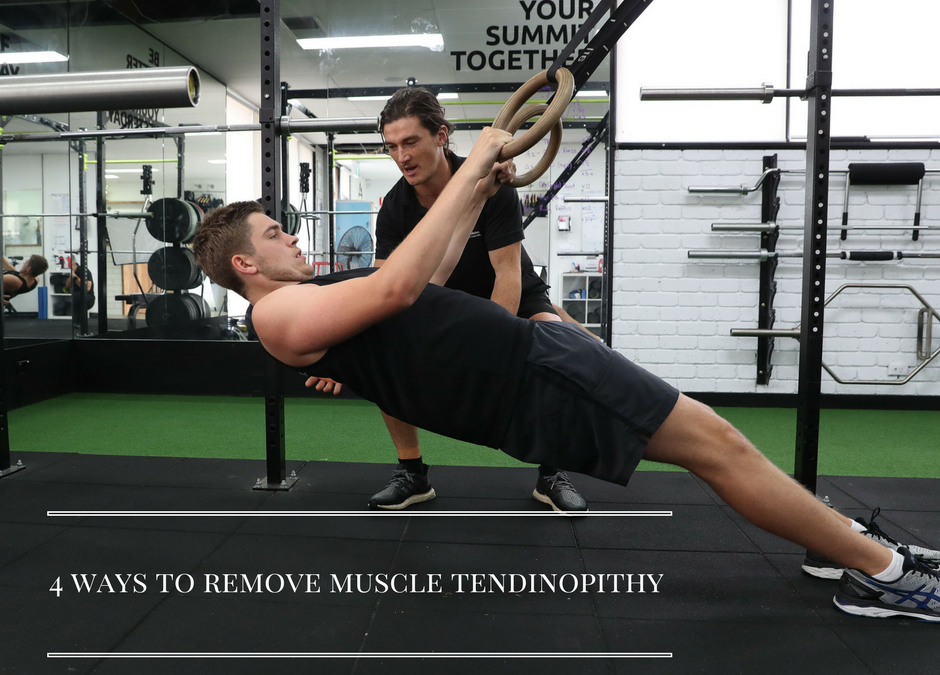What is Tendinopathy? Athletes experience tendinosis when the tendon around the joint has become inflamed from overuse or injury. The tendon is a very dense/fibrous tissue that is formed from the connective tissue of the muscle. It allows for a very sturdy attachment to the bone. Most tendon injuries occur near joints, such as the shoulder, elbow, knee, and ankle. A tendon injury may seem to happen suddenly, but usually, it is the result of repetitive tendon overloading.
Symptoms:
– Pain, tenderness, redness, warmth, and/or swelling near the injured tendon.
– Pain and stiffness that may be worse during the night or when getting up in the morning.
– Stiffness in the joint near the affected area.
Tendinopathy or tendinosis is one of the most common and the most treatable cause of pain for people who make the same motions over and over in their jobs, sports, or daily activities. However, if left untreated as a person tries to gain muscle or improve their game while “working through the pain” can cause a real, long-lasting problem.
It can quickly put an end to all training programs for the next several months. Tendonosis, unlIke tendonitis, requires functional rehabilitation opposed to complete rest. So what are the steps you need to make?
1. Deload
your tendons: Tendons are designed to withstand high, repetitive loading, however, on occasions, when the load is applied to the tendon is too great for the tendon to withstand, the tendon begins to become stressed.
– Allow yourself adequate rest without completely stopping (up to 3 weeks).
– Give the tendon adequate time to build strength prior to enhancing your load so it is under less stress.
– Consult with a physiotherapist regarding your return to sport/training plan and progress slowly!
2. Test for imbalances/poor biomechanics
: Poor balance of strength and balance can place one limb or area under greater stress than the other. Improved biomechanics can produce greater efficiency in movement and less load on the tendon. You should assess:
– Unilateral differences in strength.
– Glute activation issues & weakness overall.
– Balance Issues: both static and dynamic.
– Issues with absorbing impact and landing.
– Muscular Antagonist / Agonist imbalances i.e quads stronger than hamstrings.
3. Isometric Exercises: Start with body weight exercises and light loads and hold for 45s. Use your results from your imbalances and poor biomechanics to make an appropriate program. When athletes are already training heavily, eccentric exercises have been shown to increase the risk of tendon pain rather than reduce it due to the higher load that the tendon can’t withstand. People can, therefore, do isometrics prior to the sport as it doesn’t fatigue their muscles and still improves strength. Equally, we have athletes that use isometrics after they play or train and they seem to pull up better the next day. It allows for an increase in strength without overloading which is exactly what the tendons need as well as the inhibition of pain. > Overload to ballistic movements once pain has been removed for over 4 – 6 weeks.
4. Supplements:
The pain should decrease after a 3 week period however it can take up to 6 weeks to build the scar tissue to improve the affected area. Inflammatory supplements such as the following can aid the initial reduction in inflammation
– Fish Oil
– Anti-Inflammatory process instructed by your medical professional for 7 days.
– Apply Ice directly to the area after training/loading.
DANIEL MAITLAND
info@trainingwithmates.com.au

